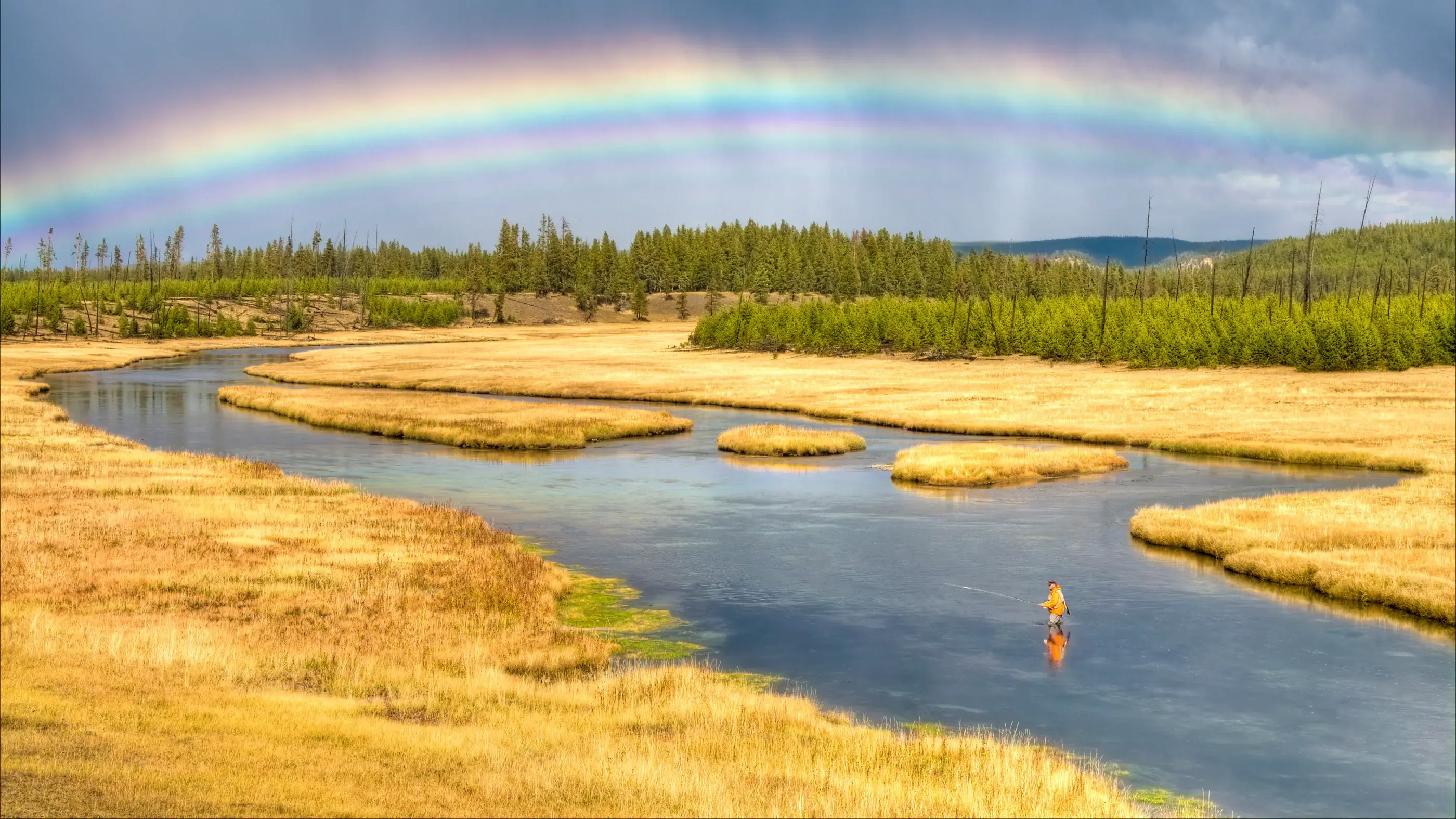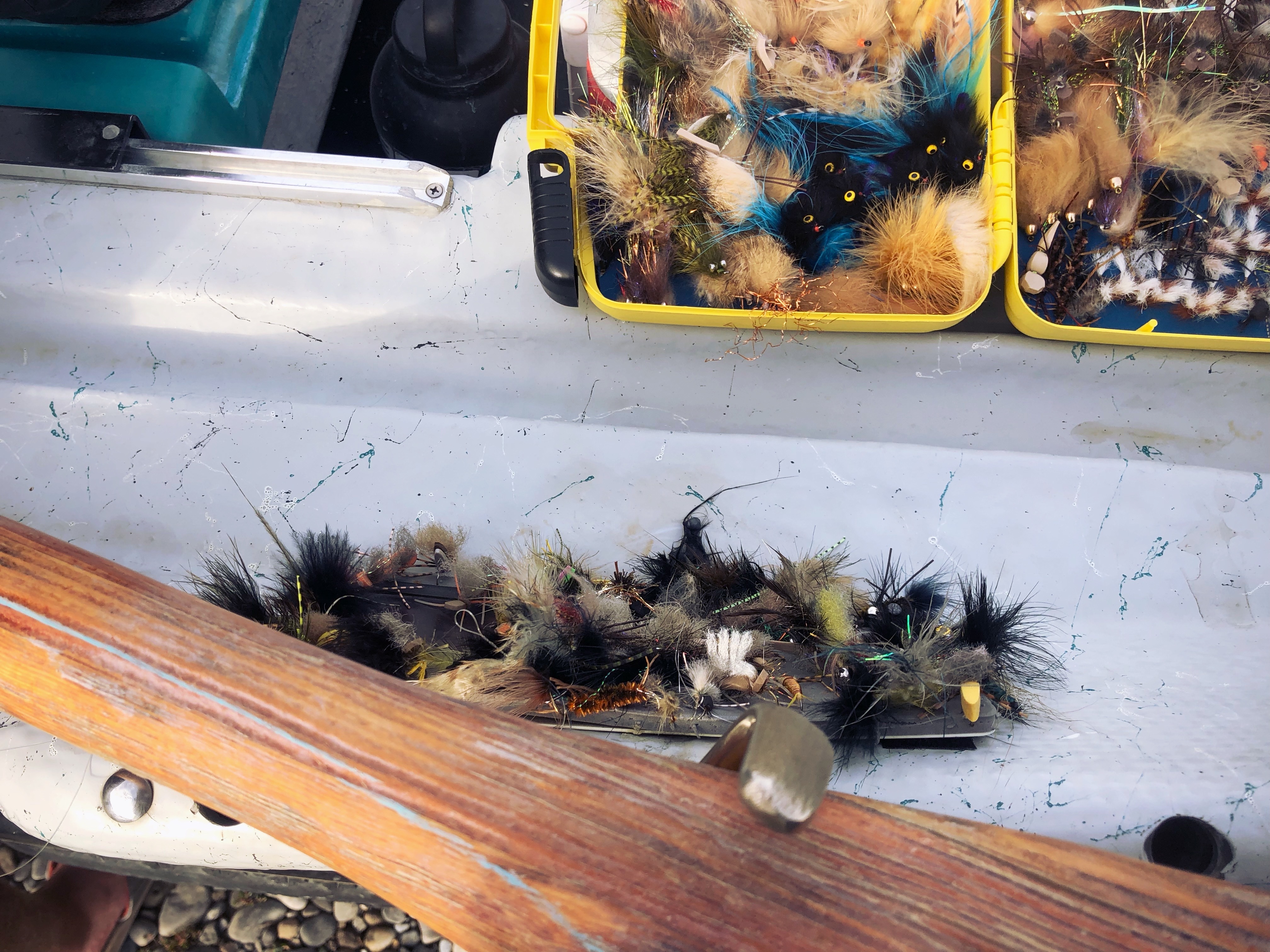All You Need To Know About Dry Flies

All You Need To Know About Dry Flies
Dry-fly fishing for trout isn’t all that difficult.
Despite the fact that many people have made a lot of money convincing anglers how complicated it is (which sells magazines, books, videos and such), it really just boils down to a few things.
1. You must be able to make an accurate cast, where the fly lands softly and you’re not creating much commotion. The thing is, that doesn’t have to be a 50-foot hero cast. It doesn’t even have to look pretty. A 20-foot cast in the zone, where you’re aiming slightly above the water so your leader extends and quietly drops the fly to the surface, is the low price of admission.
2. You must present the fly naturally. Trout aren’t terribly sophisticated thinkers, but they won’t eat a sloppy drift. Mending and mastering the drag-free drift aren’t hard to do. All you want is for your bug to look like other bugs.
3. It helps when you find a player. A little patience and watching the water to find a legitimate target make the game a lot easier. The secret to spotting fish is knowing where to look. Look for bubble lines, changes in current speeds, changes in depth, changes in structure, and you’ll see the trout eat.
4. Choosing the right bug is not as hard as people make it out to be. I think size and profile are usually more important factors than exact colors, but it’s not rocket science. If you see little green bugs flying around, tie on a little green bug. If you see white or yellow bugs, tie on a paler fly. Caddisflies look like little moths, and stoneflies fly around like helicopters. In hot summer months and early fall, when you’re driving around and grasshoppers are bouncing off your windshield, that kinda tells you something. You needn’t overthink things. Just take time to look, and match what you think you see. Odds are, the fish are going to eat a good cast and drift above anything else.
5. Be patient. Nothing will kill your chances faster than firing a repeat cast at a fish within a few seconds of a first cast that didn’t get bit. In some places (New Zealand) they’ll change the fly pattern after one cast, if they know the fish probably saw the fly. I won’t go that far, but if I see that I got refused, I’ll size down with the same basic pattern. You got a look the first time, the commitment often happens when it’s a smaller bite.
I’m not saying this is all you need to know about dry flies. Of course, there’s a world of intrigue and intricacy associated with dry-fly fishing, and the more you experiment, the more you learn, and the more fun you have.
I just wouldn’t be at all intimidated or stuck in a rut because you think dry-fly fishing is so complicated. It can be surprisingly simple–completely accessible–and when everything comes together, it’s pretty much top of the game.
.svg)








